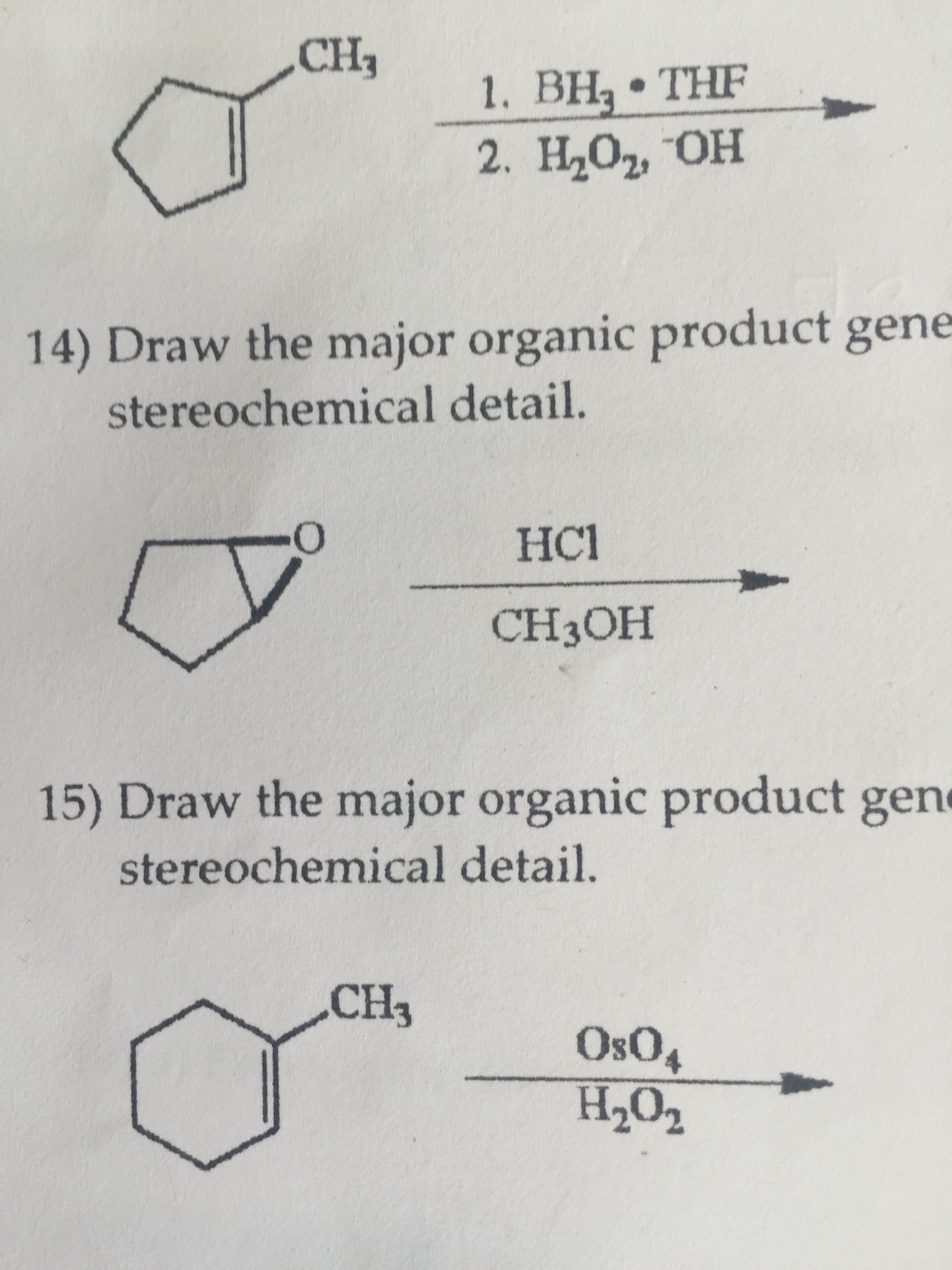SN1 Reaction: Mastering the Art of Drawing the Major Organic Product & Understanding the Detailed Mechanism
The SN1 reaction, or substitution nucleophilic unimolecular reaction, is a fundamental concept in organic chemistry. Understanding its mechanism and predicting the major organic product is crucial for success in organic chemistry courses and beyond. This article will provide a comprehensive guide to mastering the SN1 reaction, covering the mechanism in detail and providing strategies for accurately drawing the major product.
What is an SN1 Reaction?
The SN1 reaction is a two-step process involving the substitution of a leaving group on a substrate with a nucleophile. The key characteristic of this reaction is its unimolecular nature: the rate-determining step depends only on the concentration of the substrate, not the nucleophile. This is in contrast to the SN2 reaction, which is bimolecular.
Key features of an SN1 reaction:
- Substrate: Tertiary (3°) alkyl halides are the most favorable substrates, followed by secondary (2°) alkyl halides. Primary (1°) alkyl halides rarely undergo SN1 reactions.
- Leaving Group: A good leaving group is essential. Common examples include halides (Cl⁻, Br⁻, I⁻), tosylates (OTs⁻), and mesylates (OMs⁻).
- Nucleophile: The nucleophile can be weak or strong, as its concentration doesn't affect the rate-determining step.
- Solvent: A polar protic solvent is crucial, as it helps stabilize the carbocation intermediate. Examples include water, alcohols, and acetic acid.
The SN1 Mechanism: A Step-by-Step Breakdown
The SN1 reaction proceeds through two distinct steps:
Step 1: Ionization (Rate-Determining Step)
This step involves the departure of the leaving group, resulting in the formation of a carbocation intermediate. This step is slow and endothermic, making it the rate-determining step. The stability of the carbocation significantly impacts the reaction rate. Tertiary carbocations are the most stable due to hyperconjugation and inductive effects.
(Image: A clear illustration of the ionization step, showing the leaving group departing and the formation of the carbocation. Consider using a chemical drawing program like ChemDraw to create this image.)
Step 2: Nucleophilic Attack
Once the carbocation is formed, the nucleophile attacks the positively charged carbon atom. This step is fast and exothermic. The nucleophile can attack from either side of the planar carbocation, leading to a racemic mixture of products (unless the nucleophile is chiral).
(Image: A clear illustration of the nucleophilic attack step, showing the nucleophile attacking the carbocation from both sides. Consider using a chemical drawing program like ChemDraw to create this image.)
Drawing the Major Organic Product: Tips and Tricks
Predicting the major organic product in an SN1 reaction often involves considering the stability of the carbocation intermediate. Here's a breakdown of how to approach this:
- Identify the substrate: Determine the type of alkyl halide (primary, secondary, or tertiary).
- Identify the leaving group: Ensure it's a good leaving group.
- Identify the nucleophile: Note that its strength doesn't affect the rate.
- Draw the carbocation intermediate: This is the key to predicting the product. Remember that tertiary carbocations are the most stable. If rearrangements are possible (hydride or alkyl shifts), consider them as they can lead to a more stable carbocation.
- Show nucleophilic attack: The nucleophile will bond to the carbocation.
- Consider stereochemistry: SN1 reactions generally lead to racemic mixtures due to attack from both sides of the planar carbocation.
Examples of SN1 Reactions
(Include several worked examples with detailed explanations of each step, including carbocation rearrangements if applicable. Use chemical drawing programs for clear illustrations.)
Conclusion
Mastering the SN1 reaction requires a thorough understanding of its mechanism and the factors influencing its rate and product formation. By focusing on the stability of the carbocation intermediate and following the steps outlined above, you can confidently predict the major organic product in SN1 reactions. Practice is key – work through numerous examples to build your skills and confidence.
(Include relevant links to further resources on organic chemistry and SN1 reactions. Consider linking to reputable educational websites or textbooks.)
This comprehensive article provides a solid foundation for understanding and mastering the SN1 reaction. Remember to practice and consult additional resources to solidify your knowledge.

